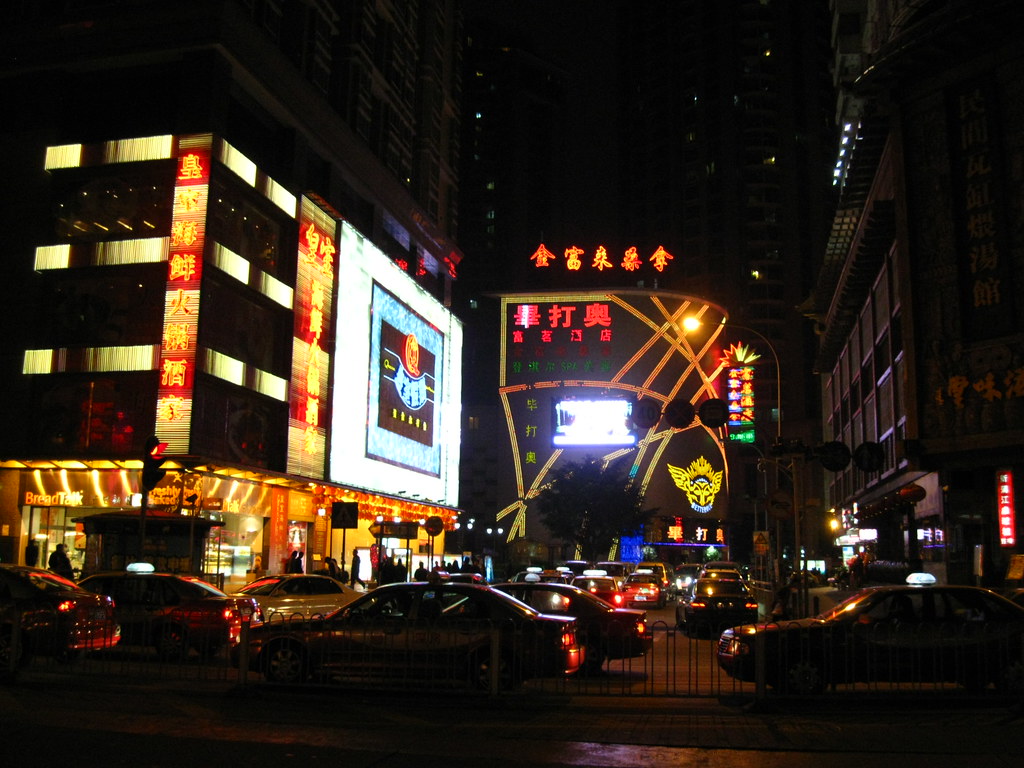2014 crystal ball gazing
2014 crystal ball gazing was a culmination of thinking that I have been doing on where digital is going. For the past few years I have been thinking about where digital is going and what it all means. At the end of last year here were my projections. I do realise that putting my 2014 crystal ball gazing out there may make me luck very foolish, I guess you can make up your own mind.
Drone deliveries
Amazon won’t do drone delivery in 2014 – Whilst trials of drone deliveries have been ongoing and drones seem to be getting more mainstream thanks to companies like DJI Amazon hasn’t done deliveries yet. In addition, the FAA in the US started to regulate commercial drone usage, which is likely to slow down adoption in the short term, while providing a stable legal framework of operation in the longer term.
Small data
Small data – Not so much an explicit interest in smaller data sets for meaningful things, but the Hortonworks IPO had an almost Netscapean quality to it with shaky revenue streams and a healthy share price bounce when it came to market. It also made Silicon Valley nervous as companies were concerned about negative perceptions toward the big data ‘sector.
O2O
Offline to online integration – O2O seems to be a bigger thing in China and other east Asian markets with ‘mobile search keywords’ put into adverts and TV programmes for years. The QRcode seems to be a uniquely Asian form of integration largely abandoned by western developers – mainly because they didn’t seem to use them in as imaginative a manner compared to Tencent et al. Lower power Bluetooth beacons are still experimental. Weve the joint company set up by the UK wireless carriers to provide contextual data about consumers to integrate online and offline marketing is running at a loss and has abandoned peripheral business opportunities in mobile wallets/ m-payments.
Programmatic
Algorithmic display advertising – there are a number of ways in which greater data is being brought to bear on programmatic ad spend but algorithms weren’t the biggest thing shaping the market this year. Major brands seem to have developed a distrust of the agency trading desks and the lack of transparency into market data. Instead of giving agencies an unfair advantage and allowing them to play both sides of the trade, they are bring the trading desk in-house.
Mobile ad formats
Mobile display advertising gets a radical reduction in formats – at the time I wrote this prediction, I had been concerned about clickthrough rates and mistaken clickthroughs, so I considered a reduction in mobile formats to just the ones that worked best like the page takeover. I didn’t forsee a bubble economy driving mobile display revenues around games apps. This may come to a head soon as western consumers seem to be less open to downloading to new apps according to research by Deloittes.
Content marketing
Content marketing on OTT platforms – WeChat has evolved in leaps and bounds with some amazing campaigns coming out in China, Burberry has worked with Tencent to push the envelopes on their campaigns and have included live webcasts. We haven’t seen so much of this happening with campaigns aimed at western consumers, but one brand springs to mind Vivienne Tam who ran a super model contest on the platform including a voting function and a special blog covering activity around New York Fashion Week as a separate tab on the account – all in English.
China going global
Chinese technology brands will finally be successful outside China – It’s still early days, but we’ve seen Lenovo and other Chinese brands demolish Samsung’s share of the smartphone market in the developing world. WeChat has expanded into India, Spain and South East Asia. OnePlus and Xiaomi have started selling direct in Europe, Singapore, Indonesia, Malaysia and Hong Kong. Alibaba had a monster IPO and Baidu bought into fast start-ups like Uber.
Consumer privacy
Privacy issues won’t change much with consumers – Back at the end of last year I didn’t expect the Snowden story to continue to echo onwards. On the surface things didn’t seem to change with consumers, but there has been sufficient consumer interest that technology vendors are addressing (some) consumer privacy needs much to the chagrin of the law enforcement/military industrial complex. This privacy experience hasn’t been universally enjoyed (depending on country regulations) but things are changing.
Tech workers
Technology company workers are the new bankers – the tech worker bus protests that started at the end of December 2013 mushroomed, so by August 2014 Westboro Baptist Church got involved. Uber’s surge pricing and Snapchat’s frat boy CEO were just some of the lightning rods that made the tech sector look like vintage Wall Street.
Immersion
The rise of immersion – When I wrote my predictions I felt that I had been cheated out of the cyberpunk future that I had been promised and saw it as a major opportunity. Virtual reality had lost out in the 1990s when cumbersome helmet displays would disorientate you and cause you to throw up as the visuals and movement created dissonance partly due to a lack of computing power. Now we’ve seen cyberpunk author Neal Stephenson the chief futurist at one VR company, Facebook own another and companies like Zeiss and Samsung enter the fray. Together with advances in AR post-Google Glasses we are likely to see major innovations beyond gaming in the web-of-no-web.
Machine programming
Machine learning will threaten to disrupt programming – while machine learning is making an increased amount of noise in the tech media it is being seen as a leap forward in artificial intelligence rather than as an alternative strategy to traditional application programming. Skype adopted for their latest language training.
Hyper-competition
A race to the bottom will bring out hyper-competition in mobile semiconductor suppliers – the mobile market did race to the bottom which has made a major dent in Samsung and Huawei’s marketshare. Mediatek and Hi-Silicon are producing innovative silicon that has pushed phone performance forward. However rather than being a race to the bottom on pricing, Qualcomm has been taken to task by the Chinese government and Qualcomm admitted in its own financial documents that there at least some partners who weren’t paying them licence fees.
How do you think I did on 2014 crystal ball gazing?
More information
2014: just where is it all going? | renaissance chambara

